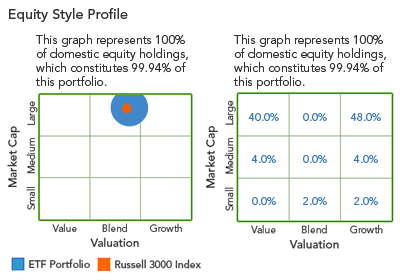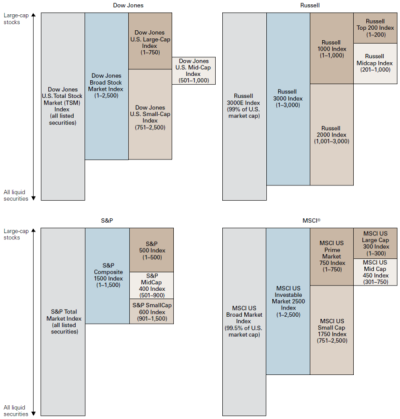lifeisgood
Recycles dryer sheets
- Joined
- Sep 5, 2006
- Messages
- 64
It is common to see asset allocations that spread money across all the boxes in a conventional style/market cap grid. I often wonder if the end result allocation turns out to be close to what the market naturally offers. In which case, one could just buy a total market fund and save a lot of bother.
So does anyone know what the default distribution of, say, the Russell 3000 is? Or where to find the answer? I cruised around the Russell website and did not see it.
Thanks.
So does anyone know what the default distribution of, say, the Russell 3000 is? Or where to find the answer? I cruised around the Russell website and did not see it.
Thanks.


